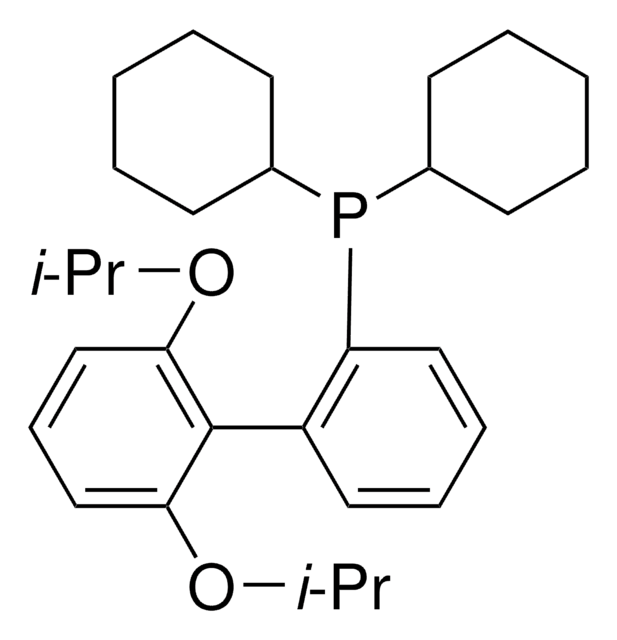719803
Carbon nanofibers
graphitized, platelets(conical), >98% carbon basis, D × L 100 nm × 20-200 μm
Sinonimo/i:
PR-25-XT-LHT, Conical carbon nanofibers
About This Item
Prodotti consigliati
Origine biologica
platelets (conical)
Saggio
>98% carbon basis
Forma fisica
powder
Caratteristiche più verdi
Design for Energy Efficiency
Learn more about the Principles of Green Chemistry.
sustainability
Greener Alternative Product
D × lung.
100 nm × 20-200 μm
Area superficiale
39 m2/g
Impurezze
<14,000 ppm Iron content
Diametro medio
130 nm
Dimensione pori
0.12 cm3/g average pore volume
126.1 Å average pore diameter
Punto di fusione
3652-3697 °C
Densità
1.9 g/mL at 25 °C
Densità bulk
0.5‑3.5 lb/cu.ft
Categoria alternativa più verde
, Enabling
InChI
1S/C
OKTJSMMVPCPJKN-UHFFFAOYSA-N
Cerchi prodotti simili? Visita Guida al confronto tra prodotti
Categorie correlate
Descrizione generale
Applicazioni
Nota sulla preparazione
Note legali
Avvertenze
Warning
Indicazioni di pericolo
Consigli di prudenza
Classi di pericolo
Eye Irrit. 2 - STOT SE 3
Organi bersaglio
Respiratory system
Codice della classe di stoccaggio
11 - Combustible Solids
Classe di pericolosità dell'acqua (WGK)
WGK 3
Punto d’infiammabilità (°F)
Not applicable
Punto d’infiammabilità (°C)
Not applicable
Scegli una delle versioni più recenti:
Possiedi già questo prodotto?
I documenti relativi ai prodotti acquistati recentemente sono disponibili nell’Archivio dei documenti.
Articoli
Pyrograf®-III vapor-grown carbon nanofibers are within the class of materials termed multi-walled carbon nanotubes (MWCNTs), and are produced by the floating catalyst method.
Composite materials that traditionally incorporate micron scale reinforcements in a bulk matrix offer opportunities to tailor material properties such as hardness, tensile strength, ductility, density, thermal and electrical conductivity, and wear resistance.
3D printing is a type of additive manufacturing that can be used to rapidly fabricate components with highly customizable geometries.
Il team dei nostri ricercatori vanta grande esperienza in tutte le aree della ricerca quali Life Science, scienza dei materiali, sintesi chimica, cromatografia, discipline analitiche, ecc..
Contatta l'Assistenza Tecnica.






